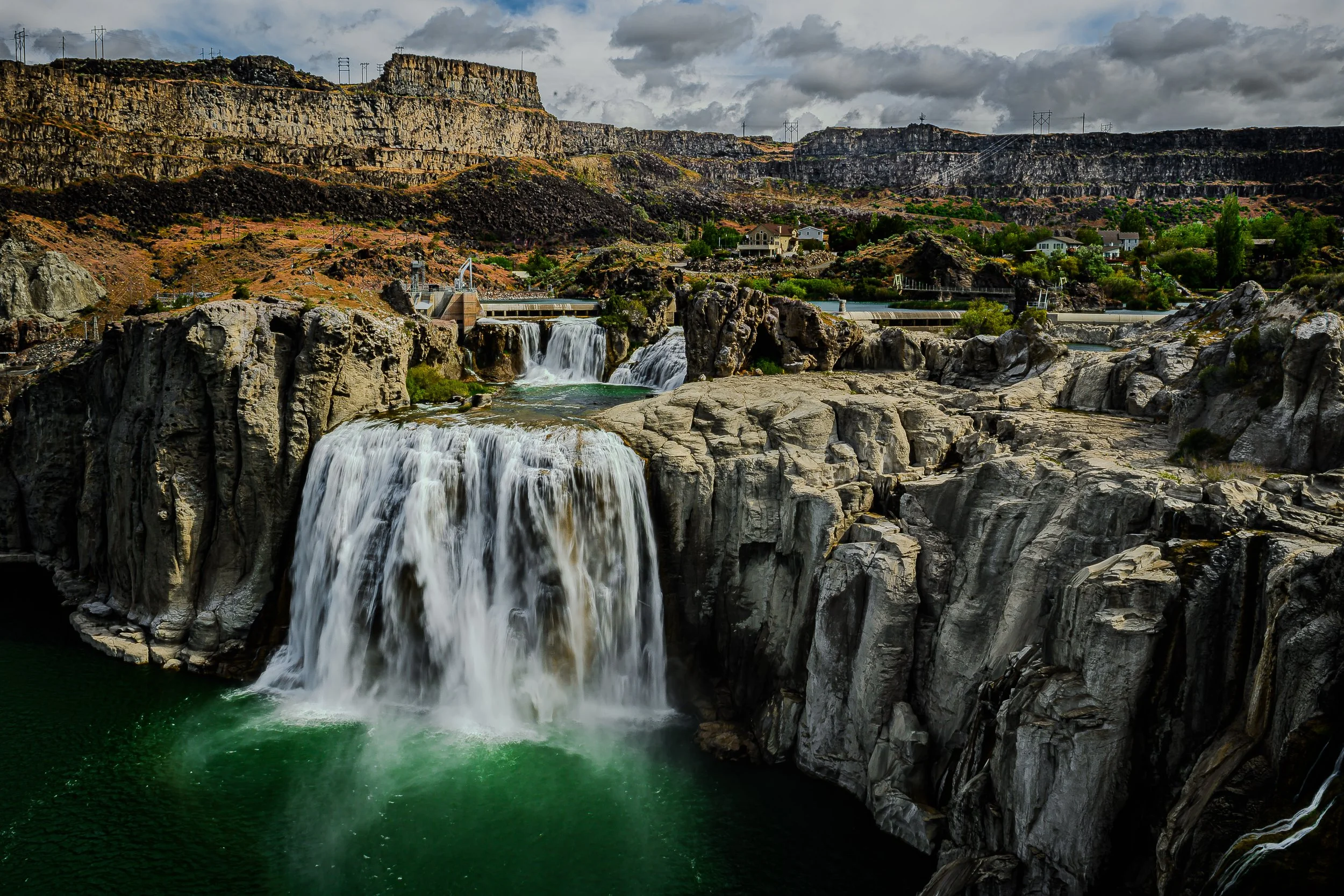I have always been physically active—sometimes more so than others, depending on the phase of life. However, as I’ve grown older, my level of activity has gradually declined. Now, due to severe weakness in my legs, a loss of balance, and constant pain, I primarily rely on a wheelchair to get around. I remain hopeful that this is only temporary, as I anticipate undergoing two hip replacement surgeries in the coming months. Yet, this period of being in a wheelchair has given me a new perspective on the world and its challenges.
Throughout my adult life, I have embraced an active lifestyle. I’ve skied the incredible Utah slopes, logged countless miles cycling (including several century rides), completed a marathon—back when I was 80 pounds lighter—and even participated in a few sprint triathlons. As recently as a year ago, I was planning a 180-mile pilgrimage on Spain’s Camino de Santiago with my daughter. Those plans will need to wait for another day.
Of course, this isn’t my first encounter with physical setbacks. I have endured a spinal fusion at L4-5, chronic back issues, carpal tunnel surgeries on both wrists, a shoulder replacement, and knee surgery. Before transitioning to a wheelchair in my current condition, I gradually adapted—starting with a single cane, then two canes, followed by a walker, until finally reaching my current mode of mobility. But I am not seeking sympathy. I consider myself blessed, wheelchair or not, and I remain optimistic that after my surgeries, I will regain my mobility. Others have faced greater struggles. Among my high school classmates from the class of 1977, one had to relearn how to walk, think, and ride a bike after being struck by a car. Another has undergone 26 surgeries, while a third recently had heart surgery involving multiple bypasses and an aortic valve replacement. Fortunately, all three are doing remarkably well.
Being in a wheelchair has opened my eyes to how kind or oblivious and, at times, insensitive people can be. I’ve also discovered how many places remain inaccessible to those with disabilities. Recently, while navigating my local college campus in a downpour, two kind college students instinctively offered to push me up a small incline. In contrast, many others simply walked past, pretending not to notice or avoiding eye contact. I’ve struggled to open doors while others walked around me, ignoring my efforts. In a checkout line, people have stepped in front of me as if I weren’t even there. Some businesses remain completely inaccessible due to multiple sets of stairs with no alternative entry for wheelchairs.
Just yesterday, I visited a sub shop. I managed to maneuver into a booth and waited for my order. The sandwich maker, standing only ten feet away, placed my order on the counter and called out, “Number two is ready,” before disappearing into the back. The sandwich was out of my reach. Frustrated, I wiggled myself out of the booth and shuffled over to retrieve it. I wanted to call him out on his thoughtlessness, but he was already gone.
As I recover from surgery and regain my ability to walk without wobbling or falling, I hope to carry the lessons of this experience with me. Psalm 40 speaks to me in this season of life: “He set my feet on solid ground and steadied me as I walked along.”
My hope is that as I find my footing again, I will also be able to help steady others, walking alongside them to the mountaintop to watch the sunset.












